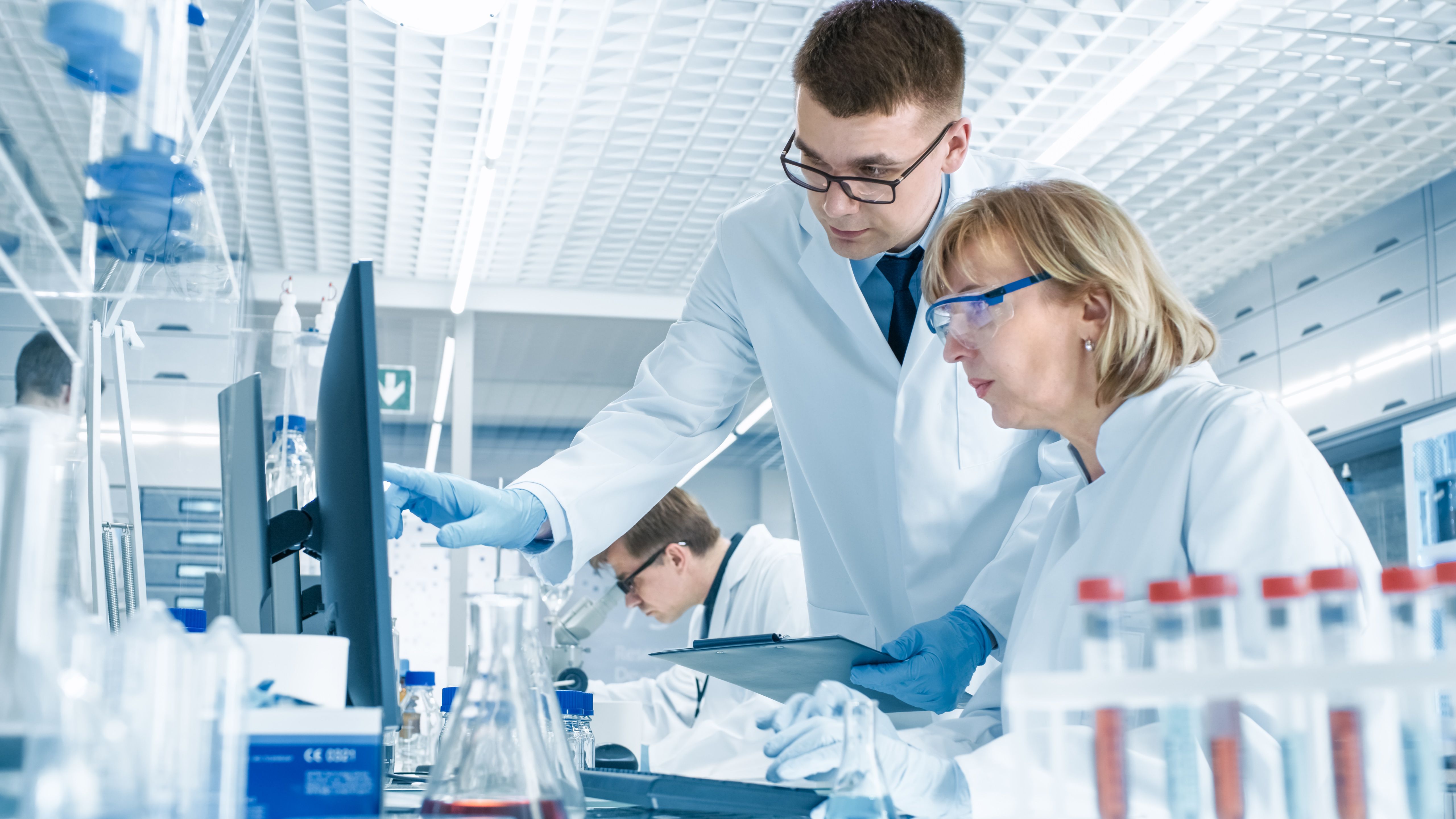- Case-Based Roundtable
- General Dermatology
- Eczema
- Chronic Hand Eczema
- Alopecia
- Aesthetics
- Vitiligo
- COVID-19
- Actinic Keratosis
- Precision Medicine and Biologics
- Rare Disease
- Wound Care
- Rosacea
- Psoriasis
- Psoriatic Arthritis
- Atopic Dermatitis
- Melasma
- NP and PA
- Skin Cancer
- Hidradenitis Suppurativa
- Drug Watch
- Pigmentary Disorders
- Acne
- Pediatric Dermatology
- Practice Management
- Prurigo Nodularis
- Buy-and-Bill
Publication
Article
Dermatology Times
Breaking down the cost of psoriasis biologics
Author(s):
Brodalumab most cost-effective with high efficacy for plaque psoriasis, but IL-17 inhibitors as a whole outperform other biologics, study shows.
A new study shows that brodalumab is the least expensive biologic option with high efficacy for moderate-to-severe plaque psoriasis in the United States.
The study, which was published in the May 7 online issue of the Journal of Dermatological Treatment, compares the cost of brodalumab, adalimumab, ixekizumab, secukinumab and ustekinumab to the cost of treatment by the amount of time it takes to achieve favorable responses of PASI 75, 90 and 100.
Using data published in March 2017 in the journal Drugs in R&D, researchers led by Jashin J. Wu, Kaiser Permanente Los Angeles Medical Center, Los Angeles, found that of 38 clinical trials analyzed, the total annual costs to a health plan per patient with adalimumab, brodalumab, ixekizumab, secukinumab and ustekinumab were estimated at $51,246, $38,538, $65,484, $57,510 and $57,013, respectively.
Not only was brodalumab more cost-effective than drugs studied from the TNF inhibitor and IL-12/23 inhibitor classes, said Wu et al., but the IL-17 inhibitor class as a whole outperformed adalimumab and ustekinumab in the analysis. Among the three IL-17 inhibitors approved by the FDA, they added, ixekizumab and secukinumab had 1.6-fold higher annual per-patient costs than brodalumab did for achieving PASI 75. At PASI 90, they added, a poster study published in SKIN – The Journal of Cutaneous Medicine showed the recently approved IL-23 inhibitor guselkumab to have an annual cost of $101,536, which is nearly twice brodalumab's estimated annual PASI 90 cost.
The high efficacy rates and relatively low toxicity of targeted biologic drugs for psoriasis have dramatically improved patients' lives, particularly when compared to older small-molecule agents that carried fairly significant organ toxicities, investigators noted. But this revolution in psoriasis management has come at the cost of higher drug prices.
And even after treatment with earlier biologic drugs, a study published in the Journal of the American Academy of Dermatology showed that many patients still had moderate-to-severe disease and associated productivity losses. The IL-17 pathway inhibitors â brodalumab, ixekizumab and secukinumab â represent newer biologics with higher response rates compared to older biologic psoriasis treatments, investigators wrote. "Our analysis finds that the greater effectiveness of these drugs was not necessarily associated with an increase in cost. On the contrary, the cost-effectiveness of the IL-17 inhibitors was better than for the older biologics."
"It seems that brodalumab is the best in terms of cost-effective clearance of psoriasis. But it may not have the most utility in the real-world setting because each payer is different – they may have more discounts for one drug versus another that would change our model potentially," he said.
Nevertheless, he said that factoring in accurate real-world discounts and rebates is impossible because payers are unwilling to publish these data. As it stands, said Dr. Wu, the study's cost efficiency comparisons provide the most accurate reflection of real-world conditions possible based on available data. Additional limitations include the fact that investigators usually derived PASI efficacy rates from 12-week treatment times used in pivotal trials, although real-world efficacy may differ due to longer treatment times of the type commonly used outside clinical trials.
THE STUDY
To construct their economic model, investigators chose the most commonly used biologic classes, and the most commonly used drugs within those classes, for moderate-to-severe plaque psoriasis. Using PASI efficacy data from the recent meta-analysis, they factored in each drug's wholesale acquisition cost (WAC), along with estimated costs for adverse-event monitoring and PASI response/nonresponse. Investigators also factored in hypothetical 20 percent discounts.
Variations in brodalumab PASI 75 efficacy and drug discount costs showed relatively large impacts on cost differences versus other biologics for achieving PASI 75, investigators wrote. "Some clinical trials determine a certain efficacy, but there may be some variation in other trials. We took into account the whole range of efficacy scores," said Dr. Wu. This information may help clinicians, patients and payers make decisions about the most cost-effective biologic treatment for moderate-to-severe psoriasis, he explained.
For PASI 100, brodalumab, ixekizumab, secukinumab, adalimumab and ustekinumab cost an average of $87,585, $176,983, $205,393, $284,702 and $366,645, respectively. Total annual costs to health plans were estimated at $38,538, $51,246, $57,013, $57,510 and $65,484 for brodalumab, adalimumab, ustekinumab, secukinumab and ixekizumab, respectively.
DISCLOSURES
Dr. Wu is an investigator for AbbVie, Amgen, Eli Lilly, Janssen, Novartis and Regeneron. This study was funded by Ortho Dermatologics, maker of brodalumab.
REFERENCE
Jashin J. Wu MD, Steven R. Feldman MD, Shipra Rastogi PhD, MBA, et al. "Comparison of the Cost-Effectiveness of Biologic Drugs Used for Moderate-to-Severe Psoriasis Treatment in the United States," Journal of Dermatological Treatment. May 7, 2018







